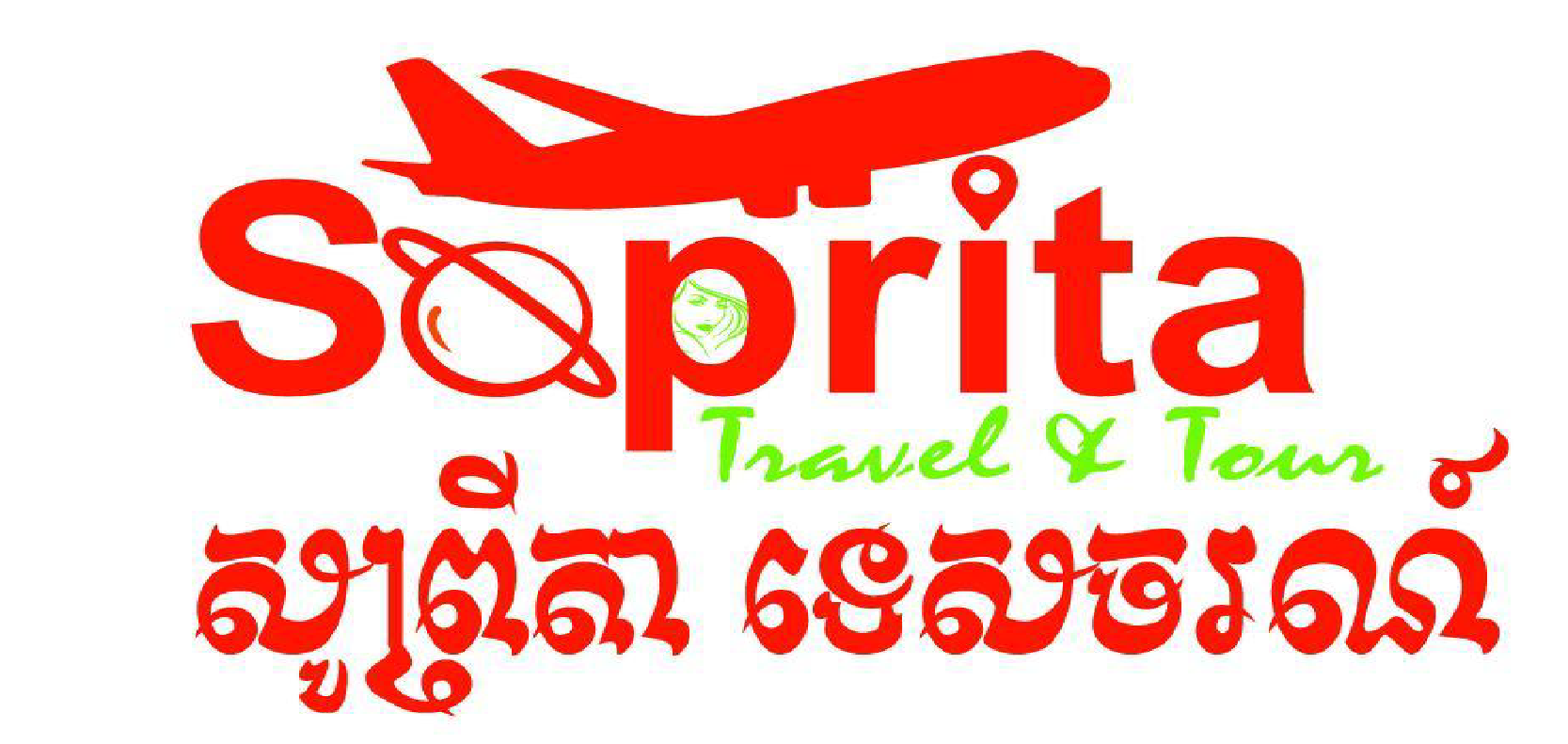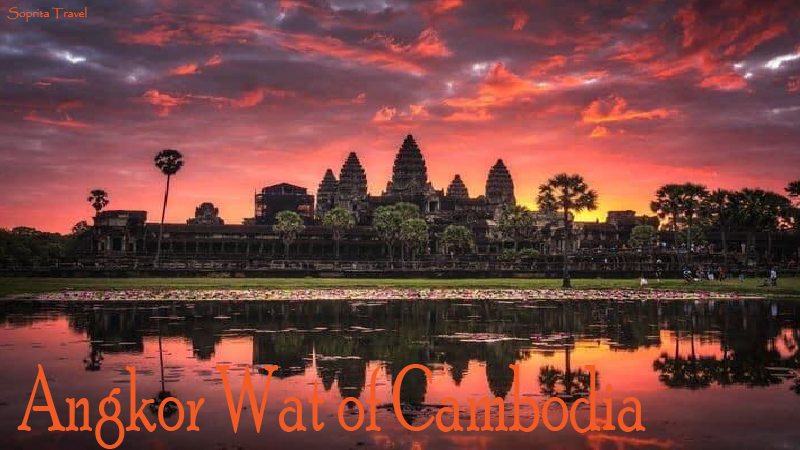Is Cambodia a rich or Poor country?
Cambodia is generally considered a developing country with a lower-middle-income economy. It has made significant progress in recent decades, but it still faces various socio-economic challenges.
Cambodia has experienced robust economic growth in recent years, driven by sectors such as garment manufacturing, construction, tourism, and agriculture. However, poverty and income inequality remain significant issues. According to the World Bank, as of 2020, approximately 17.7% of the population in Cambodia lived below the national poverty line.
The country has made strides in reducing poverty and improving living standards over the past two decades. The government has implemented policies to promote economic development, attract foreign investment, and improve social services. Efforts have been made to enhance education, healthcare, and infrastructure. However, there are still disparities between urban and rural areas, and challenges such as limited access to quality education, healthcare, and employment opportunities persist, particularly in rural and remote regions.
It’s important to note that the economic status of a country can vary across different regions and among different population groups. While Cambodia continues to work towards further economic development and poverty reduction, it is necessary to address the remaining challenges to ensure inclusive growth and improve the well-being of its population.
Certainly! Here are some additional points about Cambodia’s economy and development:
- Economic Growth: Cambodia has experienced strong economic growth over the past two decades, with an average annual GDP growth rate of around 7%. However, like many developing countries, the COVID-19 pandemic had a significant impact on Cambodia’s economy in 2020 and 2021, particularly in the tourism and garment sectors, which are major sources of foreign exchange and employment.
- Agriculture: Agriculture plays a vital role in Cambodia’s economy, employing a large portion of the population, particularly in rural areas. Rice is the country’s main agricultural product, and Cambodia is known for its high-quality fragrant rice. Other important crops include rubber, cassava, corn, and vegetables.
- Garment Manufacturing: The garment and textile industry is one of Cambodia’s key economic sectors. The country is a major exporter of garments, with a significant portion of its manufacturing centered around producing clothing for international brands. The industry has contributed to employment generation and export earnings, but it also faces challenges such as labor rights issues and competition from neighboring countries.
- Tourism: Tourism is a significant contributor to Cambodia’s economy, with attractions such as the Angkor Wat temple complex, Phnom Penh’s cultural sites, and coastal areas drawing visitors from around the world. Prior to the pandemic, tourism was a growing sector, creating jobs and generating revenue for the country. However, the industry has been heavily impacted by travel restrictions and reduced international travel.
- Development Challenges: Cambodia faces various development challenges, including limited access to quality education and healthcare services, inadequate infrastructure in some areas, and a high prevalence of poverty in rural and remote regions. Efforts are being made to address these challenges through investments in education, healthcare, infrastructure development, and poverty reduction programs.
- International Aid and Investments: Cambodia receives significant support from international aid organizations and development partners to address its development needs. Foreign investments, particularly from countries like China and Vietnam, have also played a role in infrastructure development and other sectors.
- Social Development: Cambodia has made progress in improving social indicators, such as increasing school enrollment rates, reducing child mortality rates, and improving access to clean water and sanitation. However, there is still work to be done to ensure equitable access to quality education, healthcare, and basic services for all Cambodians.


